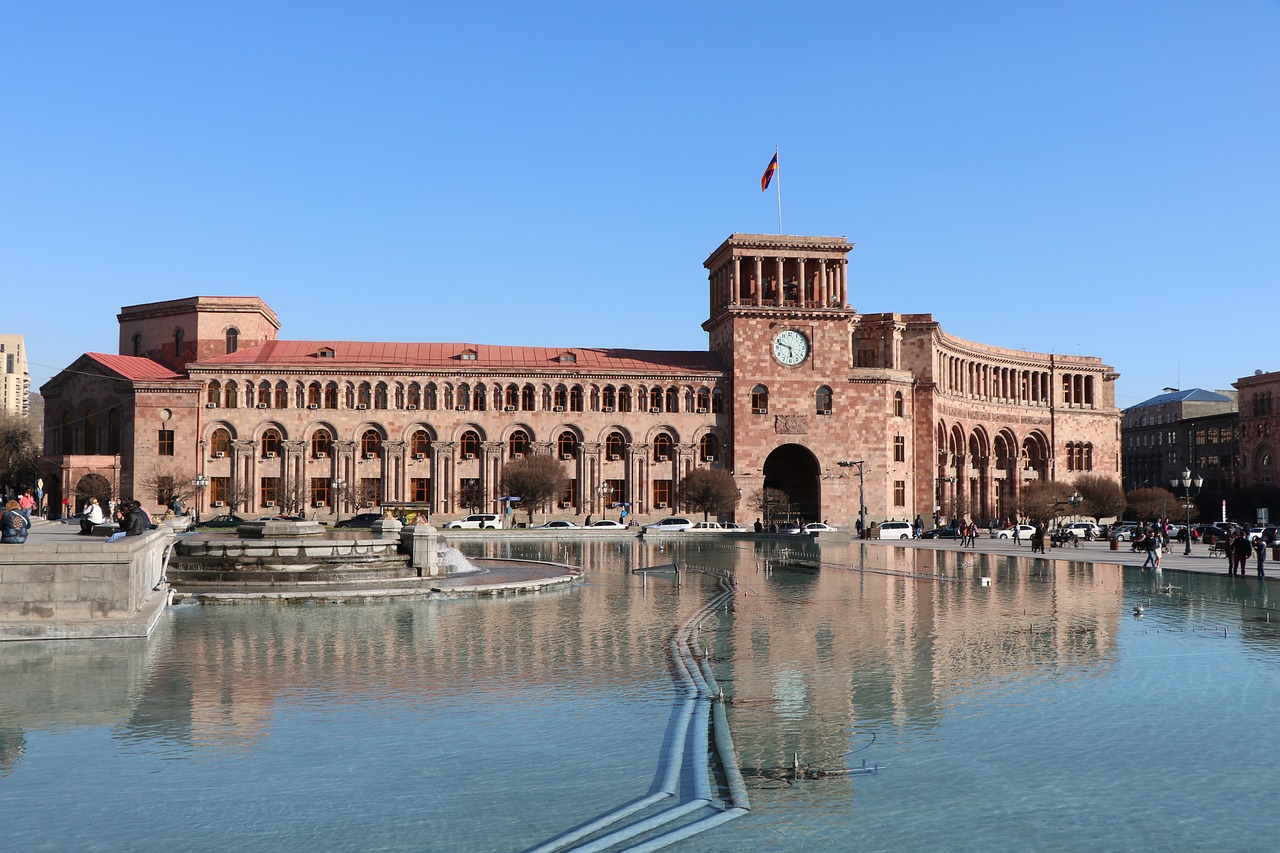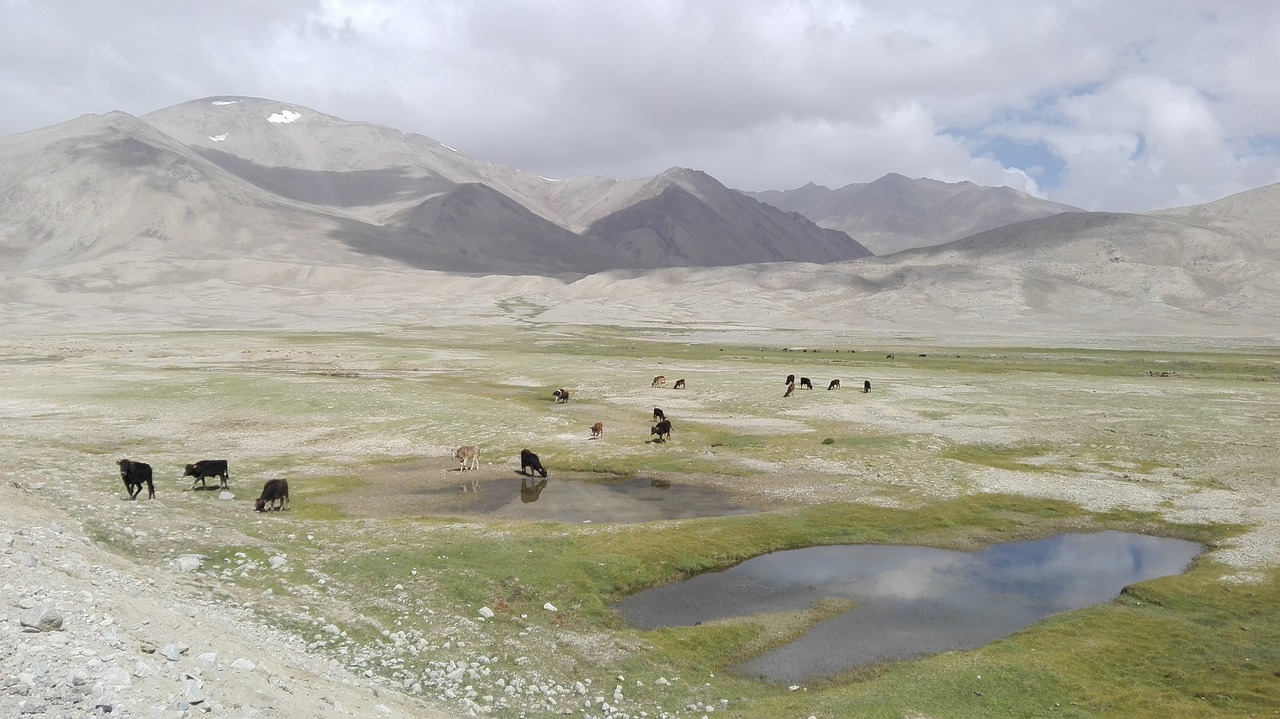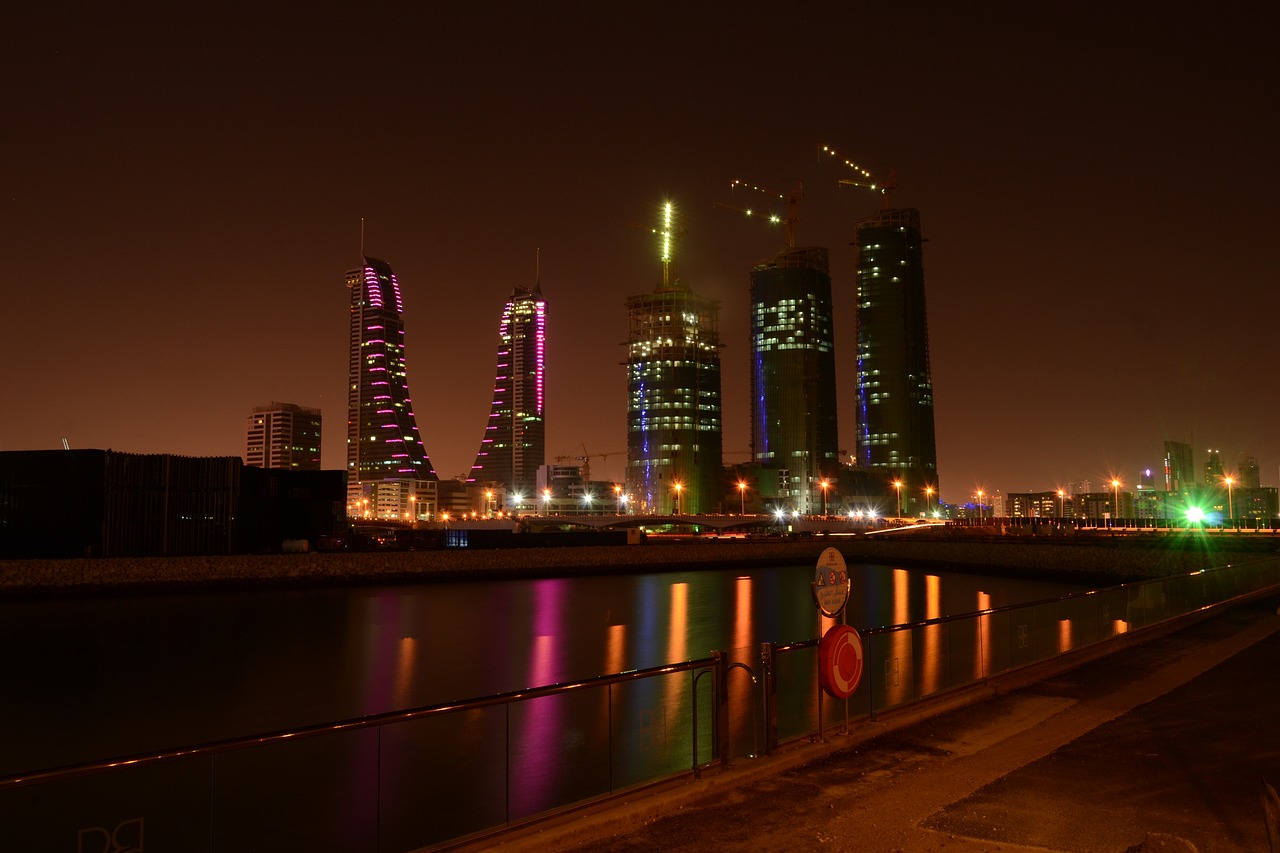Armenia: Unveiling 30 Captivating Facts about the Land of Rich Heritage
Armenia, a country nestled in the South Caucasus region of Eurasia, is a land of ancient history, rich cultural heritage, and breathtaking landscapes. From its picturesque monasteries to its vibrant capital city, Armenia offers a tapestry of experiences for those seeking to explore its wonders. In this article, we will delve into 30 fascinating facts about Armenia that will unveil the beauty and uniqueness of this captivating nation.
1. The Land of Mount Ararat
Armenia is famously associated with Mount Ararat, an iconic symbol of the country. Although the mountain itself is located in modern-day Turkey, its majestic presence looms over the Armenian landscape and holds deep cultural and historical significance.
2. The Oldest Christian Country
Armenia proudly holds the title of the world’s first Christian country. In 301 AD, it became the first nation to adopt Christianity as its state religion, marking a significant milestone in the country’s history.
3. The Mesmerizing Monasteries
Armenia is home to numerous ancient monasteries that dot its landscapes. Monasteries such as Tatev, Geghard, and Haghpat showcase breathtaking architecture, religious significance, and stunning views, making them popular attractions for tourists and pilgrims.
4. The Enigmatic Khachkars
Armenia is known for its unique stone cross monuments called khachkars. Intricately carved with ornate designs and religious symbols, these khachkars represent the country’s deep Christian heritage and are recognized as a UNESCO Intangible Cultural Heritage of Humanity.
5. The Yerevan Cascade
The Yerevan Cascade is a monumental stairway and cultural complex in the heart of Yerevan, the capital city of Armenia. It offers panoramic views of the city, hosts outdoor exhibitions, and is a popular gathering place for locals and visitors alike.
6. The Ancient Silk Road Connection
Armenia’s strategic location on the ancient Silk Road brought cultural exchange, trade, and prosperity to the region. Today, remnants of this historical connection can still be seen in Armenian art, architecture, and traditional crafts.
7. The Lavash Bread Tradition
Lavash, a thin and soft unleavened bread, is an integral part of Armenian cuisine and a symbol of Armenian culture. In 2014, the preparation and sharing of lavash were inscribed on UNESCO’s Representative List of the Intangible Cultural Heritage of Humanity.
8. The Vernissage Open-Air Market
The Vernissage market in Yerevan is a vibrant open-air market where visitors can find a variety of traditional Armenian crafts, artwork, carpets, jewelry, and antiques. It is a treasure trove for those seeking authentic Armenian souvenirs.
9. The Intricate Stone Carvings of Noratus Cemetery
Noratus Cemetery, located near Lake Sevan, is an ancient Armenian cemetery known for its collection of khachkars. These intricately carved stone crosses, dating back centuries, offer a glimpse into Armenia’s rich artistic and religious heritage.
10. The National Dance: Kochari
Kochari is a traditional Armenian dance performed in a group. It is characterized by energetic movements, synchronized footwork, and joyful expressions. Kochari represents the collective spirit and unity of the Armenian people and is often performed during cultural festivals and celebrations.
11. The Historic Geghard Cave Monastery
Geghard Cave Monastery, a UNESCO World Heritage site, is an architectural marvel carved into the cliffs of the Azat River Gorge. The monastery’s unique design, partially built within the rock, reflects the ingenuity and spirituality of medieval Armenian architecture.
12. The Armenian Genocide Memorial Complex
The Armenian Genocide Memorial Complex, located on the hill of Tsitsernakaberd in Yerevan, is a solemn tribute to the victims of the Armenian Genocide of 1915. The complex includes a museum, memorial flame, and an eternal flame, serving as a reminder of a dark chapter in Armenian history.
13. The Ancient City of Erebuni
Erebuni Fortress, located in present-day Yerevan, is an ancient Urartian city dating back to 782 BC. The archaeological site offers a glimpse into the early history of Armenia and showcases well-preserved structures, artifacts, and inscriptions.
14. The Traditional Musical Instrument: Duduk
The duduk is an ancient Armenian double-reed woodwind instrument known for its hauntingly beautiful sound. It has been recognized by UNESCO as a Masterpiece of the Oral and Intangible Heritage of Humanity and is often associated with the soulful melodies of Armenian music.
15. The Enchanting Lake Sevan
Lake Sevan, located in the Gegharkunik Province, is one of the largest alpine lakes in the world and a beloved natural treasure of Armenia. Its crystal-clear waters, surrounding mountains, and picturesque monasteries create a serene and breathtaking landscape.
16. The Wine Heritage
Armenia has a long and storied history of winemaking, with evidence of grape cultivation dating back thousands of years. The country’s wineries produce a variety of unique and flavorful wines, including the famous Areni grape variety.
17. The Towering Mount Aragats
Mount Aragats, the highest peak in Armenia, is a majestic volcanic mountain with four distinctive summits. It offers opportunities for hiking, mountaineering, and breathtaking views of the surrounding landscapes.
18. The Ancient Cave City of Khndzoresk
Khndzoresk is a historic cave village located in the Syunik Province. The village is known for its unique cave dwellings, a testament to ancient Armenian civilization and a popular tourist attraction.
19. The Symbolic Flame of the Eternal Fire
The Eternal Flame, located at the Armenian Genocide Memorial Complex, symbolizes the undying spirit of the Armenian people. It burns as a memorial to the victims and as a beacon of hope for a brighter future.
20. The Pioneering Technology of the Zvartnots Cathedral
Zvartnots Cathedral, a UNESCO World Heritage site, is an architectural marvel that was built in the 7th century. Its circular design and innovative construction techniques were ahead of their time and remain awe-inspiring to this day.
21. The Apricot: Armenia’s Beloved Fruit
The apricot holds a special place in Armenian culture and is often referred to as the “Armenian fruit.” It is cherished for its delicious flavor and is celebrated during the annual Apricot Festival, where visitors can enjoy a variety of apricot-based dishes and products.
22. The Mesmerizing Carpet Weaving Tradition
Armenia has a rich tradition of carpet weaving that dates back centuries. Armenian carpets are renowned for their intricate designs, vibrant colors, and craftsmanship, and are considered works of art.
23. The Enigmatic Stone Circle of Karahunj
Karahunj, also known as the Armenian Stonehenge, is an ancient archaeological site that features a mysterious stone circle and astronomical observatory. The purpose and origin of Karahunj continue to captivate researchers and visitors alike.
24. The Sacredness of Mount Aragats: Vardavar Festival
Mount Aragats holds great cultural and spiritual significance for Armenians. Every year, during the Vardavar Festival, people gather to celebrate the summer’s arrival by playfully dousing each other with water.
25. The Unique Alphabet: Armenian Script
Armenia boasts its own unique alphabet, known as the Armenian script, which was invented in the 5th century by Mesrop Mashtots. The script’s distinctive characters are an essential part of the country’s cultural identity.
26. The Natural Beauty of Dilijan National Park
Dilijan National Park, often referred to as the “Armenian Switzerland,” is a picturesque forested area known for its stunning landscapes, tranquil lakes, and diverse flora and fauna. It is a haven for nature lovers and hikers.
27. The Iconic Tatev Aerial Tramway
The Tatev Aerial Tramway, also known as the Wings of Tatev, is the world’s longest reversible cable car and offers breathtaking views as it transports visitors to the historic Tatev Monastery, perched on a cliff.
28. The Rich Tradition of Armenian Illuminated Manuscripts
Armenia has a long tradition of creating illuminated manuscripts, showcasing intricate illustrations, decorative motifs, and religious texts. These manuscripts are a testament to the artistic prowess and cultural heritage of the Armenian people.
29. The Remarkable Matenadaran Manuscript Repository
The Matenadaran is a repository of ancient manuscripts located in Yerevan. It houses an extensive collection of Armenian and international manuscripts, making it a valuable resource for scholars and a cultural gem for visitors.
30. The Warm Hospitality of the Armenian People
Above all, Armenia is known for the warmth and hospitality of its people. Armenians take pride in welcoming guests, offering traditional food and drink, and sharing their rich cultural heritage, ensuring that visitors feel embraced and at home.
In conclusion, Armenia is a land of rich heritage, stunning landscapes, and a resilient spirit. With its ancient monasteries, cultural traditions, and breathtaking natural beauty, Armenia invites travelers to explore its treasures and experience the warmth and hospitality of its people.
Author Profile
- Welcome to my world facts blog! I'm Jay Steph, and I'm here to explore the captivating wonders of our planet. With a thirst for knowledge and a passion for exploration, I unravel fascinating insights about cultures and history. Join me on this awe-inspiring journey as we uncover hidden treasures together. Let's dive into the world of world facts and embark on an incredible adventure!
Latest entries
 AsiaJuly 31, 202330 Facts About Bangladesh
AsiaJuly 31, 202330 Facts About Bangladesh AfricaJuly 31, 202330 Facts About Burkina Faso
AfricaJuly 31, 202330 Facts About Burkina Faso AustraliaJuly 25, 202330 Facts about the Marshall Islands
AustraliaJuly 25, 202330 Facts about the Marshall Islands South AmericaJuly 25, 202330 Facts About Chile
South AmericaJuly 25, 202330 Facts About Chile



